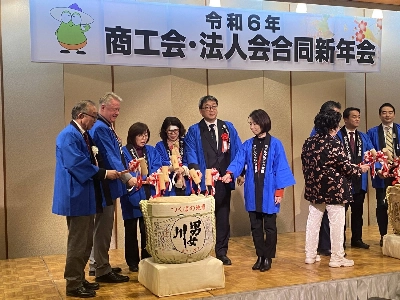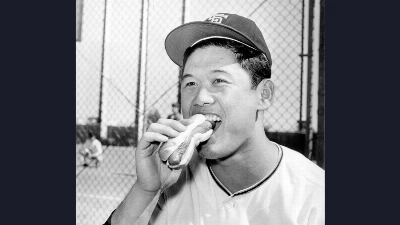Meta
Rick Lapointe
Nov 25, 2001
Nov 18, 2001
Nov 4, 2001
Oct 28, 2001
Oct 21, 2001
Oct 14, 2001
Oct 7, 2001
Sep 30, 2001
Sep 23, 2001
Sep 16, 2001
Sep 9, 2001
Sep 2, 2001
Aug 26, 2001
Aug 19, 2001
Aug 12, 2001
Aug 5, 2001
Jul 29, 2001
















